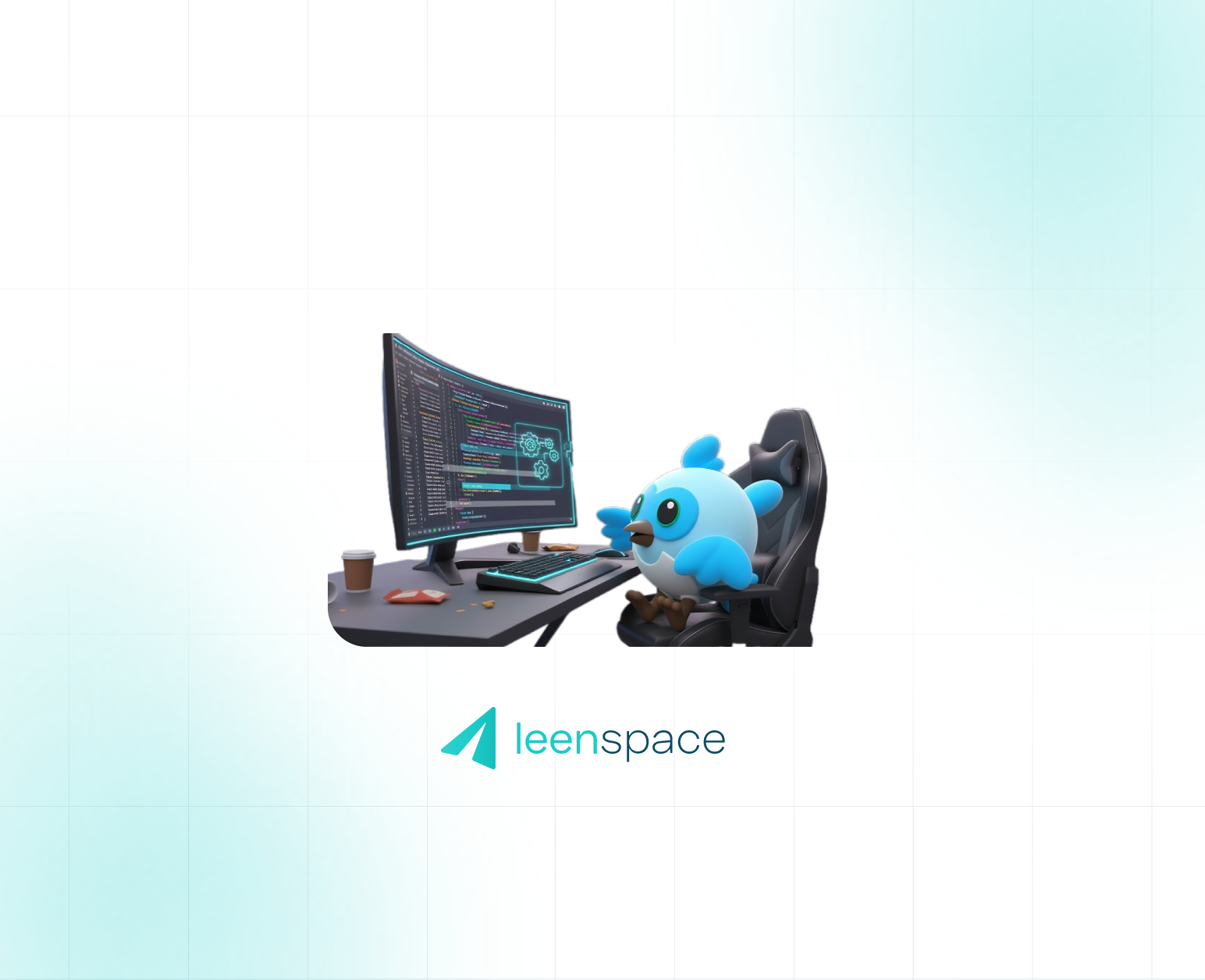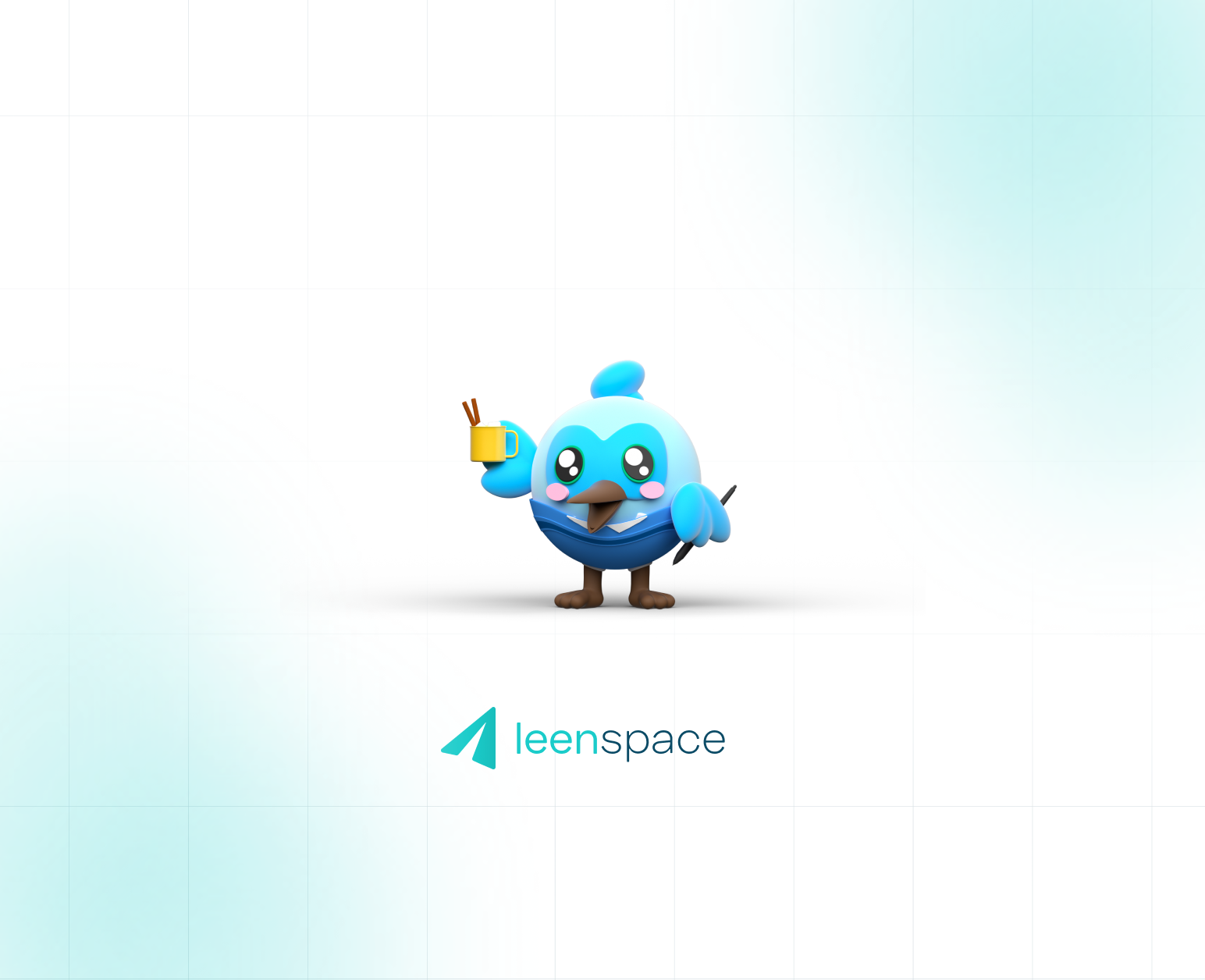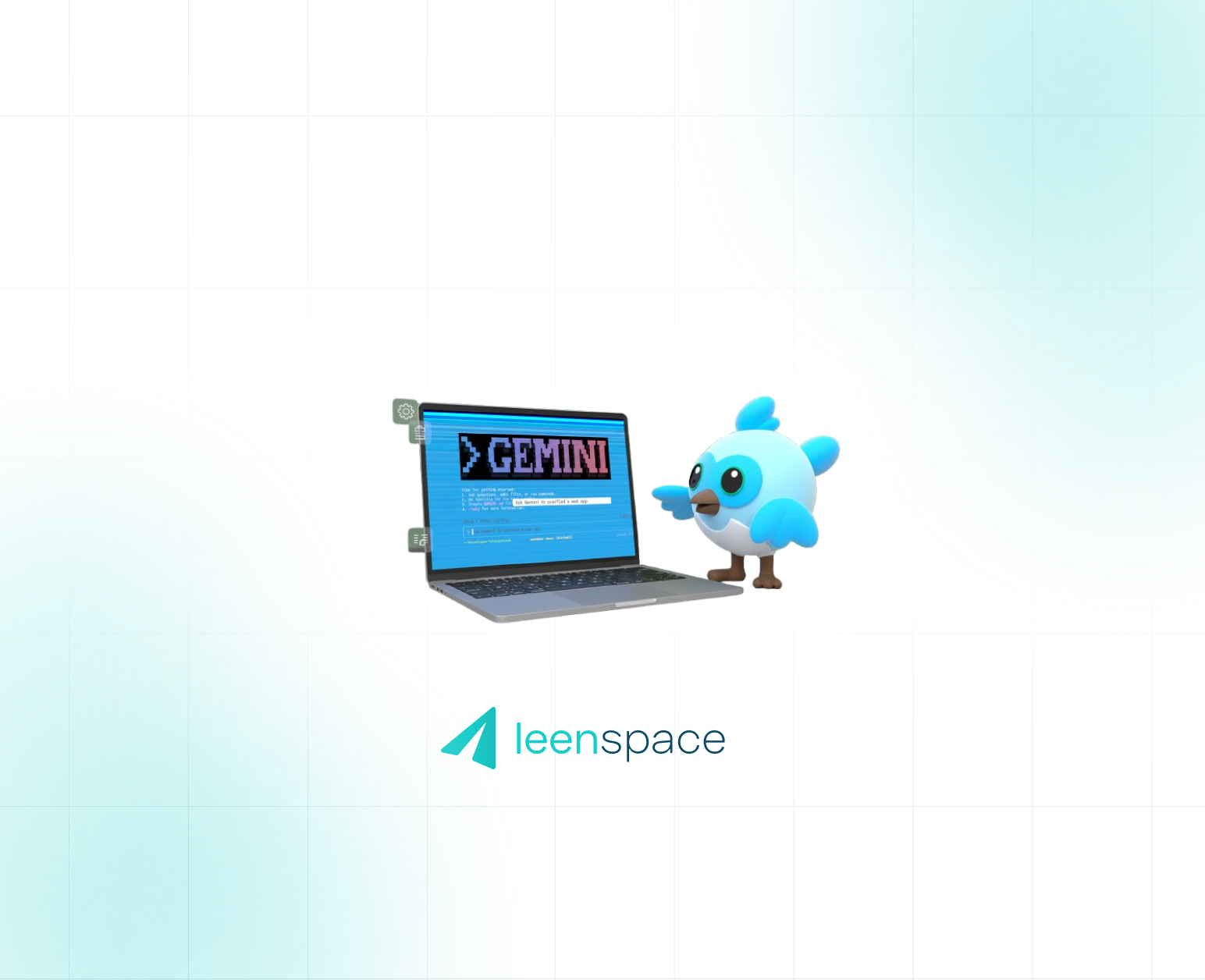
Flutter's New AI Rules: A Developer-First Approach to AI-Assisted Coding

The Flutter team has just released a new set of AI rules to help guide the use of AI in Flutter and Dart development. While the tech world is buzzing with AI, let's be honest: for most of us, AI is a helpful assistant, not the star of the show. These new rules from the Flutter team seem to understand that, providing a foundational template that puts developers firmly in the driver's seat.
AI in the Real World: A Tool, Not a Takeover
Let's face it, AI isn't writing entire, complex applications on its own. It's a powerful tool for sure, great for generating boilerplate code, helping with syntax, and even suggesting optimizations. But the core logic, the creative problem-solving, and the architectural decisions—that's still all us. The real art of coding remains a deeply human endeavor.
That's why this move by the Flutter team is so refreshing. Instead of pushing an AI-first agenda, they're providing a framework to make AI work for us, on our terms.
A Template for a Smarter Workflow
Think of these new AI rules as a starter pack. They are a set of guidelines and instructions that you can feed to your AI-powered editor to give it context about your project. This is a fantastic way to ensure that the AI's suggestions are aligned with your team's specific coding style, design patterns, and overall best practices.
The beauty of this system is its flexibility. The provided rules are just a template. You are encouraged to take them, customize them, and build upon them to create a set of rules that perfectly fits your project's needs.
Getting Started: How It Works
The documentation page provides a clear, step-by-step guide to implementing these AI rules. The process is straightforward:
- Download the Template: Start by downloading the Flutter and Dart rules template (
rules.md). - Reformat for Your Editor: Use an LLM (like Gemini) to reformat the template for your specific AI-powered editor.
- Review and Customize: Carefully review the output from the LLM and make any necessary adjustments to tailor the rules to your project.
- Add to Your Environment: Add the newly created rules file to your development environment according to its specific instructions.
- Verify: Finally, verify that your AI assistant is correctly using the new rules.
The Flutter team has made sure to support a variety of popular AI environments, including:
- Copilot:
copilot-instructions.md - Cursor:
cursor.md - Firebase Studio:
airules.md - Gemini CLI:
GEMINI.md - JetBrains IDEs:
guidelines.md - VS Code:
prompt.md
Key Highlights of the New Rules
So, what do these rules actually do? Here are a few of the key benefits:
- Consistency is Key: Enforce your project's specific code style and design patterns, ensuring that any AI-generated code is consistent with the existing codebase.
- Project-Specific Context: Provide the AI with essential context about your project, leading to more relevant and useful suggestions.
- Custom-Tailored AI: Customize the AI's behavior to fit your team's unique workflow and preferences.
The Future is Human-Centric
The release of these AI rules is a positive step towards a more realistic and productive integration of AI in software development. It's an acknowledgment that the most effective use of AI is one where the developer is in control, using AI as a tool to enhance their skills and streamline their workflow, not as a replacement for their expertise.
We encourage you to check out the official documentation, download the template, and start experimenting. This is a great opportunity to shape the role of AI in your own development process and build a smarter, more efficient workflow for you and your team.
Written by the Leenspace team.




